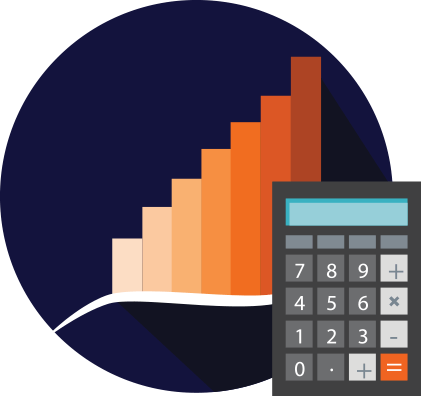Last week, we explored fear of risk and of the unknown as a factor hindering many Americans from investing in the stock market. We believe that with the proper tools, new investors can become more educated and informed and go on to be successful investors. But what use are investment tools when you don’t have any money to invest to begin with? Building an investment portfolio can seem like a pipe dream if you don’t have any savings or are struggling to repay loans and credit card debt. Or if you’re debt free, how do you best save your funds in safe investments while you learn the stock market?
Smart investing can bring you both short and long term financial gains, but without money to spare, it’s impossible to buy stocks responsibly. According to a recent poll, 41% Americans are living paycheck to paycheck, leaving them unable not only to save, but also powerless to cover their expenses if they face a personal or medical emergency. What’s more, according to a recent report from the Corporation for Enterprise Development, the typical American borrower is saddled with $10,736 worth of credit card debt.
The numbers may seem bleak, but it’s important to understand the financial challenges facing new investors in order to face them head-on. While saving is difficult in our current economic climate, more and more resources have been cropping up that focus solely on helping people save money, pay off debt and build financial stability.
Make a Savings and Debt Repayment Plan
Some resources that we recommend to get started include:
- Learnvest is a user-friendly personal finance website with advice and customizable tools to help you set and achieve your financial goals.
- Wise Bread offers information on personal finance, frugal living, and useful financial “life hacks”.
- Get Rich Slowly has some great resources on budgeting, building healthy credit, and insurance considerations.
- Mint.Com is a popular and free service that allows you to automatically track your expenses and budget accordingly. Surveying your spending is a great way to start taking control of your finances and planning for the future.
Save Effectively in Automated Investing Accounts
Already have your budget and savings goals under control? If you’re at the next phase of budgeting and saving, but you’re not ready to start investing individual stocks, there’s some middle-ground options for you too.
Read this piece to consider easy ways to invest in stocks with very little money. This gives you a goals road-map. In general though, the three key resources we recommend for building up a pot of invested savings are:
For someone trying to improve their financial situation, investing is a great motivator to get their ducks in a row. We really love the first option on the list above and recommend you read why one of our team members started using Betterment to get a handle on her long-term financial goals. Look at it as a three phase plan:
- Phase 1: Save enough cash cushion to cover emergencies)
- Phase 2: Pay off loans and credit card debt because any debts other than a mortgage will quickly eat away at any stock investment gains
- Phase 3: Invest using your recommendations from MPI, and your stock research
With a goal-oriented and long-term plan you can responsibly reach, Phase 4: Growth, and long-term financial stability will be in your sight!

